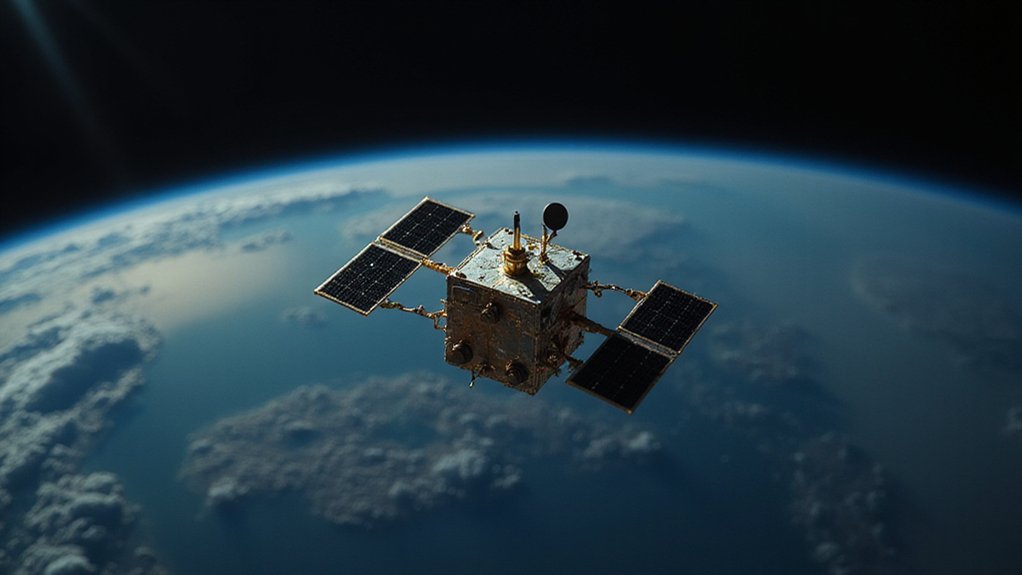Personal satellites are now accessible to individuals, with prices starting at just $8,000 for basic TubeSat kits. These miniature satellites typically weigh less than 1 kg and include essential components like microcomputers, transceivers, and solar panels. Owners can use them for amateur radio, Earth imaging, and secure communications free from conventional networks. The industry’s transformation mirrors the personal computer revolution, with private companies like SpaceX driving costs down. The full capabilities of these orbital devices might surprise you.
While space technology was once the exclusive domain of governments and large corporations, the average person can now own a personal satellite for as little as $8,000. This entry-level option, known as a TubeSat kit, includes the necessary hardware and launch services to put a personal device into orbit. For those seeking more advanced features, high-end military-grade satellites are available for around $5.5 million, complete with launch services and a command center.
The dramatic drop in satellite costs has been driven by competition among private companies like SpaceX, Interorbital Systems, and Exolaunch. Traditional satellite launches once ranged from $50 million to $400 million, but today’s personal satellites typically weigh under 1 kg and are classified as CubeSats or TubeSats, making them much cheaper to deploy.
The private space race has democratized satellite access, shrinking costs, size, and barriers to orbit.
Basic personal satellite kits contain microcomputers, transceivers, antennas, solar panels, and batteries. Their modular design allows owners to experiment and upgrade components. Users can control their satellites through ground station interfaces and programming tools provided with their purchase.
These personal satellites serve various functions. Many owners use them for amateur HAM radio relay, orbital messaging, or basic Earth imaging. They can also provide private encrypted email and text services, run scientific experiments in microgravity, or function as secure data platforms independent from conventional networks. United Spaceports Corp’s Black Star 1000 satellite features a remote sensor camera that enables Earth observation capabilities for private owners.
Owners enjoy complete control over their satellite’s functions and transmitted data. However, they must comply with regulations from national and international space agencies and are responsible for eventual satellite decommissioning to reduce orbital debris.
The personal satellite market reflects a similar evolution to the personal computer industry, with costs decreasing while accessibility increases. Companies continue to drive miniaturization and mass production, with subscription-based satellite services expected to emerge soon.
The high security and privacy these satellites offer make them particularly attractive to businesses and privacy-conscious individuals seeking communications free from terrestrial interception or hacking. For communicating in remote areas, many satellite owners now integrate satellite phone services offered by companies like Globalcom to enhance their connectivity options.









